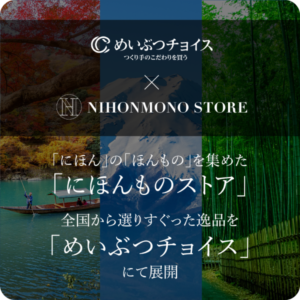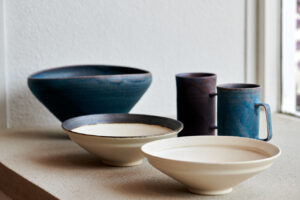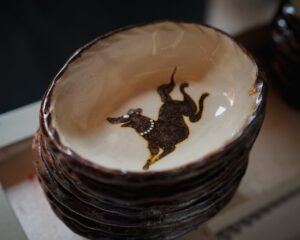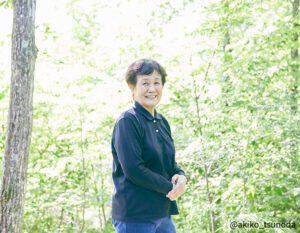Pottery Culture Continuing in Kasama since the Edo Period
The Kasama region of Ibaraki Prefecture had an abundance of high-quality raw materials suitable for pottery, and from the middle of the Edo period (1603-1868), many artisans gathered to establish official kilns and create a town of pottery making daily necessities.
The tradition is still carried on today in the city of Kasama, which has been renamed Kasama City. There is the IbarakiPrefecturalMuseum of Ceramic Art, the first museum of ceramic art in eastern Japan , and theKasama College of Ceramic Art in Ibaraki, where visitors can learn pottery making. There are many pottery galleries in the city, and the residence of Kitaoji Rosanjin was relocated from Kamakura.
Kasama’s pottery festival is also held
The ” Kasama no Tohen Festival (Himatsuri),” held every year during Golden Week, attracts about 500,000 visitors during the festival, with over 200 ceramic artists and potters selling their works, as well as food booths and concerts to enjoy.
What sets Kasama apart from other production centers is that there is no easily recognizable characteristic of “this is Kasama-yaki” in terms of its form and painting. Many young people who aspire to become potters have gathered here, which has given birth to a free style, and they create their own works using clay and glazes from all over the country. This freedom is what attracts the attention of many enthusiasts as “the character of Kasama-yaki.

Creating women-friendly Kasama-yaki
Ms. Makiko Suzuki, a potter, is one of those who came to this town because she was attracted by the charm of Kasama-yaki.
Her aunt, who used to be an art teacher, started a pottery class after she retired, and this is how she became interested in the world of ceramics around 2003. After learning basic techniques, he taught himself how to make pottery and started his own brand in 2006. Suzuki says that what is important to her when making pottery is that it should be “women-friendly.
The weight should be light enough for a woman to stack and carry, stackable so that they do not look bulky when stored on a shelf, and designed to blend in with the interior design even when stacked randomly. The vases should stand beautifully and can be used as flower vases, and they should make food look bright and color-matching enjoyable.
The beautiful turquoise blue pieces, which were inspired by the British-based potter Lucy Lee in the late 20th century, not only have a modern and delicate atmosphere, but are also highly functional as daily-use beauties, and have a very large female fan base.

A Place Full of Smiles with Kasama Pottery
He rents an old private house in Kasama City and has a studio on the premises. A potter’s workshop is usually tense and tense, but here, the air is relaxed and easygoing. Mr. Suzuki says that when he begins work on a piece, he makes it a point to take some time to relax. I think that if I make something with a smile on my face, people will use it comfortably in their daily lives,” she says. Suzuki’s works, which are popular in select stores, are named “La Maison de Vent. The meaning of the name is “a house where the wind lives. The fresh wind blowing in Kasama and her smile create gentle and beautiful vessels.








